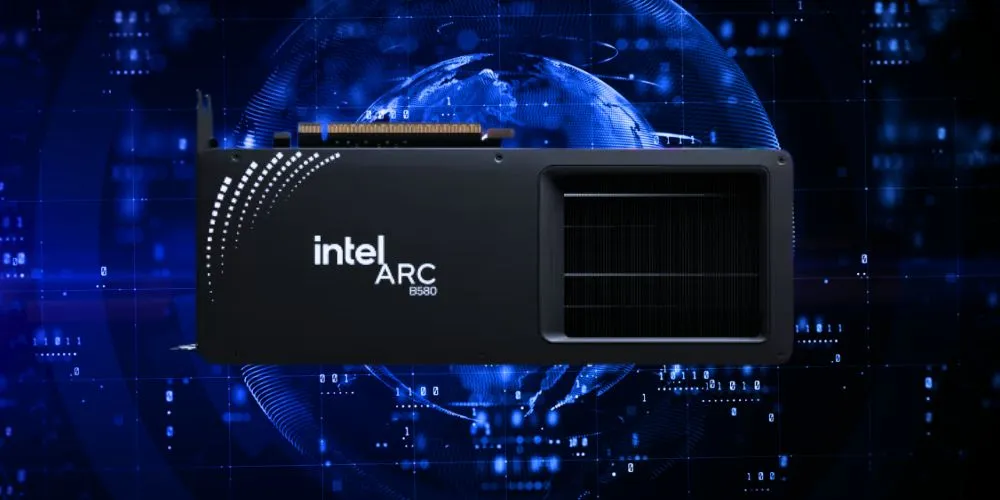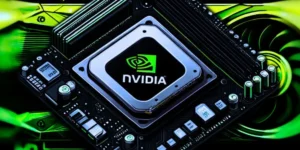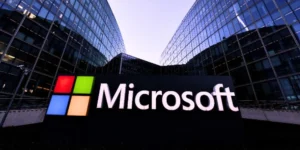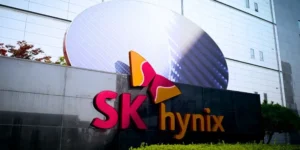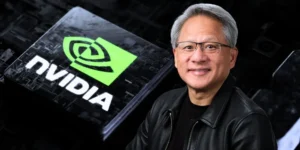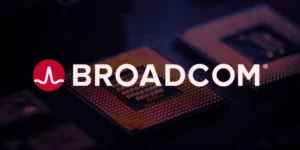Key Points
- Intel’s new driver update fixes issues with Skull and Bones and Rainbow Six Siege. However, problems with F1 24 crashes remain unresolved.
- The driver now supports Intel Core Processor N-series and Series 2 CPUs. Twin Lake NX50 chips target embedded systems, not gaming.
- Core 200 mobile processors offer budget options with Raptor Lake-H/U architecture.
- Intel Arc B580 remains a budget favorite at $249, with demand exceeding supply.
Intel has rolled out a new graphics driver update for its Arc B580 graphics card and integrated GPUs, addressing key issues with popular games. The update resolves crashes in Skull and Bones, improves Tom Clancy’s Rainbow Six Siege performance, and eliminates visual artifacts affecting some capture cards. However, the release notes confirm that the driver has not yet fixed crashes in F1 24 when using XeSS Frame Generation or running the game in fullscreen exclusive mode.
The most notable highlight is that the driver, version 32.0.101.6449, now supports Intel’s new Core Processor N-series and Series 2 CPUs. These upcoming processors, expected to debut at CES 2025, include the energy-efficient Intel Twin Lake NX50 series, which replaces the Pentium and Celeron lines. These chips feature a single e-core cluster designed for embedded systems, NAS, home theaters, and smart devices rather than gaming or productivity tasks.
The Intel Core 200 mobile processors will also be budget-friendly offerings based on the Raptor Lake-H/U Refresh architecture. Models range from the Intel Core 5 210H, comparable to the Core i5-13500H, to the Intel Core 9 270H, akin to the Core i9-13900H. Low-power variants, such as the Intel Core 7 250U and Core 5 220U, are also anticipated. While Intel’s high-end integrated graphics have impressed in past benchmarks, these budget processors are not expected to match that performance.
Despite the challenges, the Arc B580 graphics card continues to shine as a budget/mid-range leader at $249. Demand is outpacing supply, and enthusiasts remain optimistic about future updates and hardware releases from Intel.

